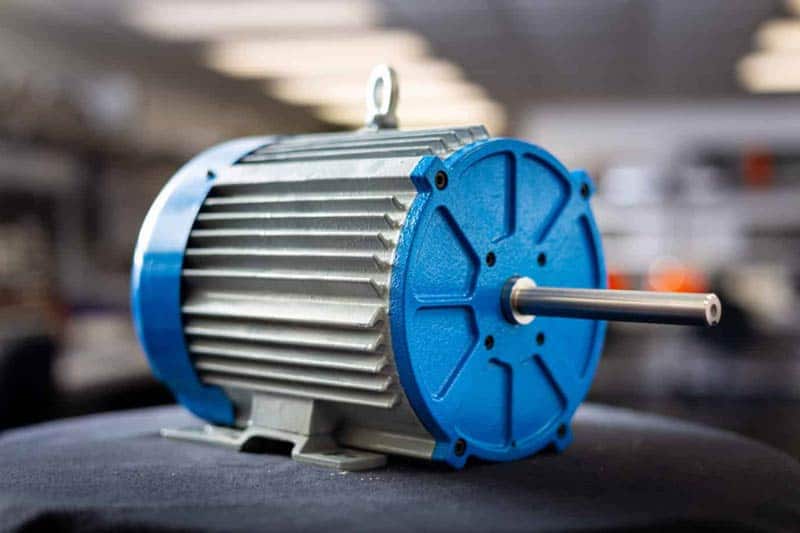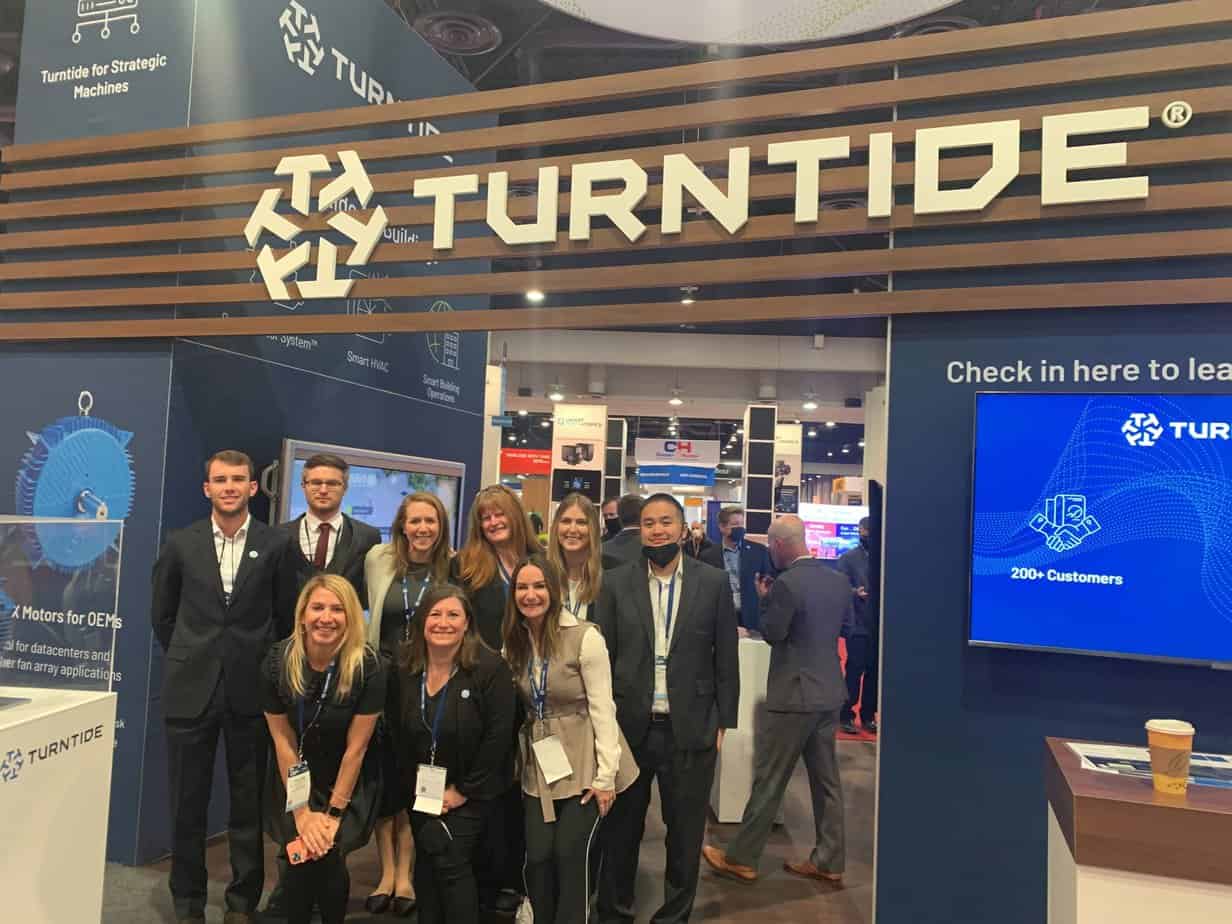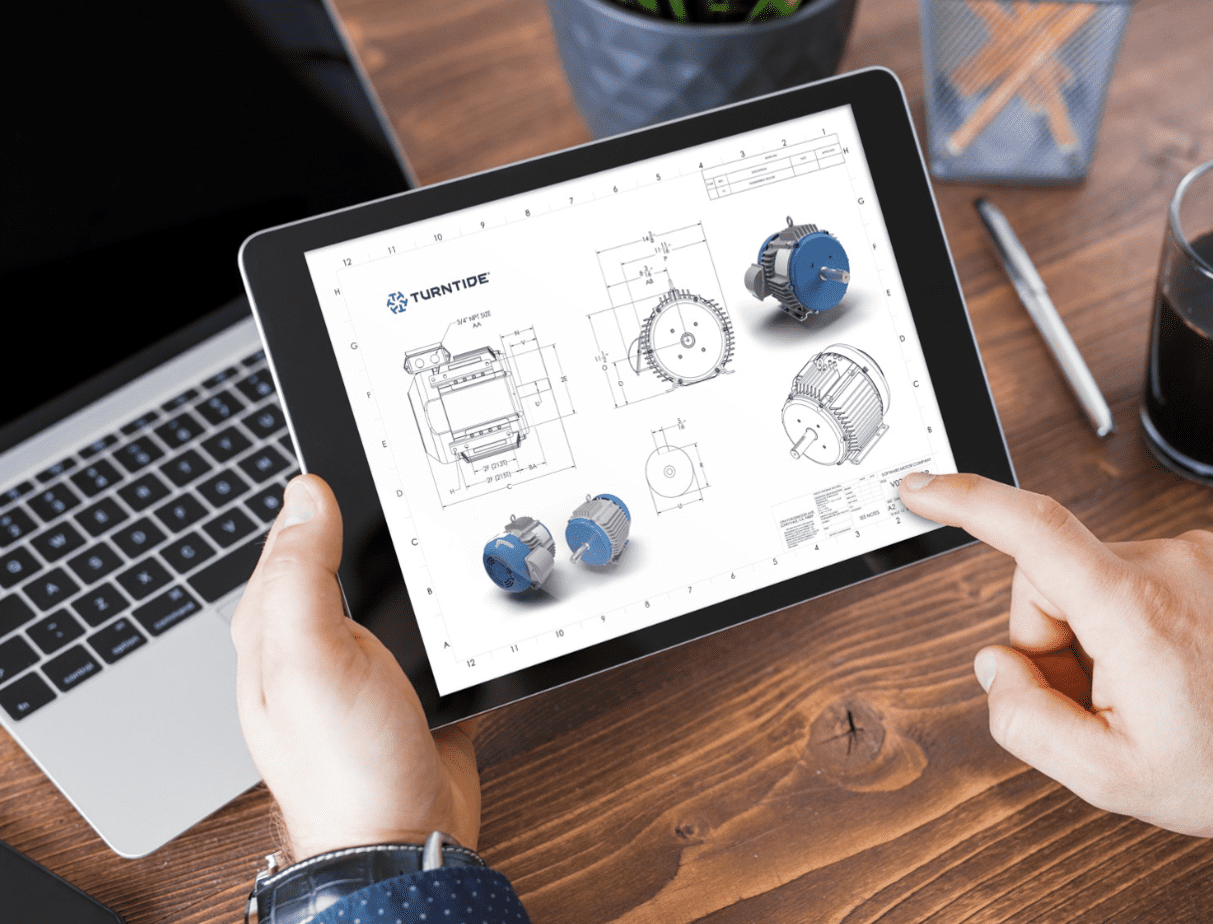Utility rebate programs are currently dominated by LED projects, which account for more than 90% of kWh savings, according to ACEEE.
It’s easy to understand the prevalence of these projects, especially for small and mid-sized commercial buildings. LED projects have quick paybacks and install easily; they provide superior lighting and control; and the technology is long-lasting, reliable, and easily understood by customers. Plus, the rebate is often provided to the retailer or manufacturer, so the purchaser is not involved in the process.
Thanks, in part, to these utility rebate programs, the LED light has become so successful that soon it won’t really be an energy efficiency measure at all — it will be the standard. Starting in 2023, the U.S. Department of Energy (DOE) will enforce its new efficiency standards for lighting, effectively banning the sale of incandescent light bulbs in the U.S. The LED light (and its slightly less efficient predecessor, the CFL) is set to become America’s standard light bulb.
With only efficient choices available, opportunities for lighting projects that offer deep savings are sure to become few and far between. Fortunately, there is an even bigger opportunity for energy savings: retrofitting the motors in rooftop HVAC systems.
Lighting only accounts for 17% of energy usage in those buildings. Most energy consumption actually comes from HVAC, which accounts for 25-30% for buildings under 50,000 square feet. These buildings require energy solutions for HVAC that fit the LED project profile: easy to install, quick payback, reliable energy savings, and ease of rebate process.
A new report from the Illinois utility Commonwealth Edison, or ComEd, details a technology that fits that profile. ComEd tested the Turntide Smart Motor System, which utilizes a patented switched reluctance motor (SRM) combined with cutting edge controls on rooftop units (RTUs) at several retail and small office locations throughout its service area. The savings results speak for themselves:
- 61 percent supply fan kWh savings
- 39 percent total RTU kWh savings
- 21 to 50 percent kW peak demand savings
And as compelling as those numbers are, the most exciting aspects of the report deal with the technologies’ ease of installation and use, as well as their broad market application.
Ease of Installation
Through interviews with the manufacturer and the installers, ComEd determined that “the SRM Motor system installation is different, but not more difficult, than a normal motor installation,” and that “most technicians have been found to be proficient after one or two SRM System installations.” Turntide offers online training classes for technicians, as well as live virtual support during installation.
Remote Commissioning Included with Purchase
Once installed, the system can be commissioned and monitored remotely. As opposed to a VFD, which often requires one contractor to mount the equipment in the RTU and another specialized subcontractor to commission the drive, this product does not require specialized skills to get up and running. A typical HVAC contractor can perform the motor installation while the commissioning can be done remotely as part of the purchase price.
Remote Monitoring: Data Visualization that Optimizes Install and Energy Use
ComEd notes that “the SRM System provides a previously unavailable ability to see motor operation through data-visualization on a user portal.” Through this remote monitoring capability, Turntide identified that one of the incumbent RTU motors was oversized at five horsepower. As a result, the retrofitted SRM was appropriately sized at three horsepower, saving equipment cost and energy.
Quick Payback: ROI in Under Three Years
The energy savings from this product are so robust and the market so broad, ComEd is willing to provide a rebate worth up to 60 percent of the total installed cost. Even considering the relatively low electricity rates in the Chicago area of $0.11/kWh, a three-horsepower Smart Motor System retrofit can pay for itself in less than three years. As the motor size increases, the payback for these projects only gets more attractive.
Rebate Application: No Payment Until the Final Invoice
A typical pain point for more complex energy projects is the rebate application process. Often, contractors or end users are required to prepare the paperwork or assume some financial risk before the savings are known. One of the primary benefits of upstream LED programs is that neither the contractor nor the end user ever touches the rebate; it is simply baked into the project cost further up the value stream.
If implemented in a utility direct install program, the Turntide Smart Motor System can operate the same way. The direct install program implementor deals with the rebate process and installation. The end user only sees the final invoice, which is just 40-50 percent of the total cost.
Market Applicability: Motor Retrofits Could Save $100M Annually in Chicago
One of the major reasons LEDs gained such rapid market acceptance is that literally every building had lighting that could be a potential target. Of course, not every building has an RTU, and even those that do are not all good candidates for retrofits. There are, however, enough eligible buildings to create a very fertile market for a product with such ease of installation and use.
In its market evaluation, ComEd estimated there are approximately 1.1M RTUs on commercial buildings in ComEd territory, 83 percent of which have supply fan motors of five horsepower or less. ComEd concludes, “Overall, retrofit of all RTUs with single speed fan motors in ComEd territory with an SRM motor would save 907 million kWh and 100 million dollars annually.”
Turntide’s Smart Motor System has the potential to make a savings impact on small and medium businesses that would rival LEDs. The key to market uptake is finding the right network of installers and program providers who understand how to target buildings under 50,000 square feet and know how to identify the right RTUs.
Fortunately, many of the contractors and energy services companies performing LED projects through utility-sponsored programs are also involved in HVAC projects. And, end-user budgets that were used for lighting retrofits can easily be repurposed for HVAC projects that achieve the same goal. Once those pieces are in place, utilities and end users can start seeing some serious savings.
Read the new ComEd report on the Turntide Smart Motor System.
What's New
Take the Next Step
Talk to our team to see how we can help you save energy and boost your bottom line.
Schedule Consult





